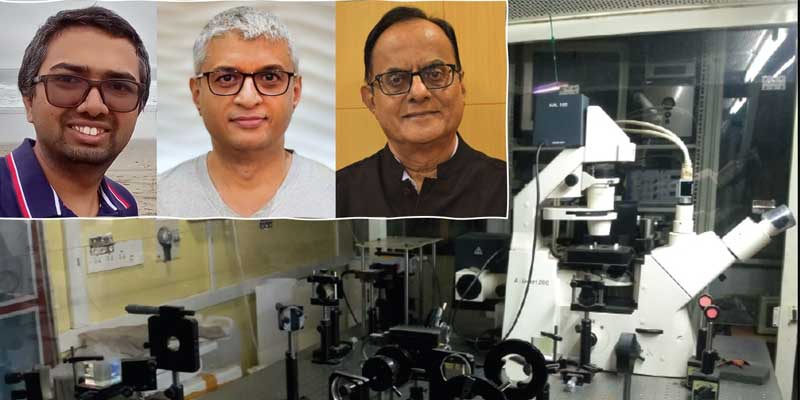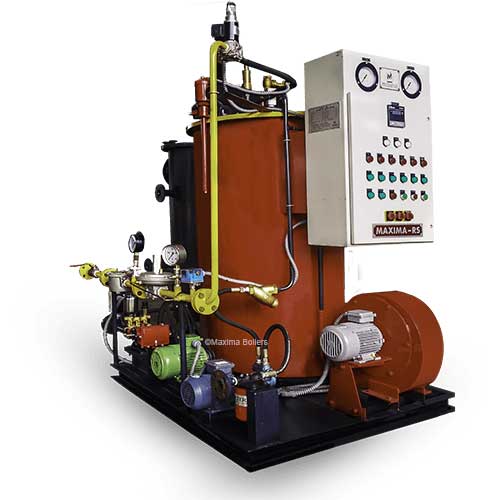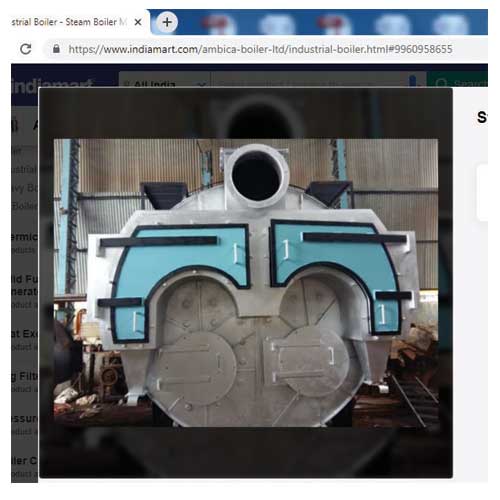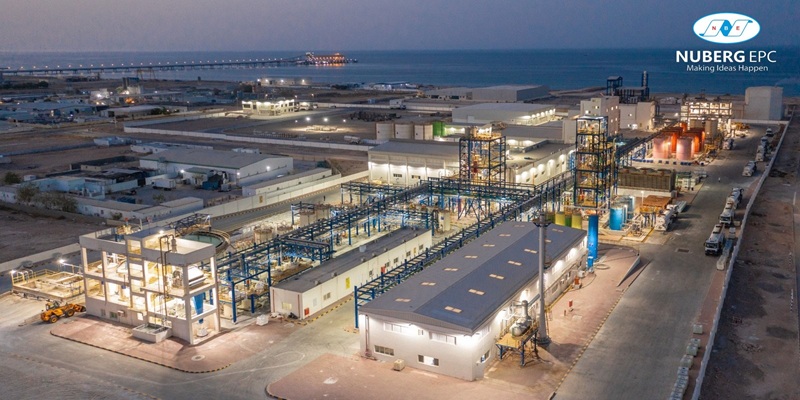Schedule a Call Back
Bengaluru Scientists revolutionise thermodynamics with High-Efficiency Microscopic Heat Engine
 Industry News
Industry News- Nov 03,23

Optical tweezer apparatus in Ajay Sood's lab at IISc. Inset (L-R): Sudeesh Krishnamurthy, Rajesh Ganapathy, and Ajay Sood
Scientists in Bengaluru have achieved the seemingly impossible: they've developed a microscopic heat engine with minimal heat loss, addressing a major challenge in thermodynamics by maximising power output while maintaining high efficiency. Traditionally, the conversion of heat to energy results in significant heat loss, making it difficult to attain both efficiency and power.
A team of researchers from the Indian Institute of Science (IISc) and Jawaharlal Nehru Centre for Advanced Scientific Research (JNCASR) in Bengaluru tackled this challenge. Their groundbreaking work, detailed in a recent publication in the journal Nature Communications, could revolutionise energy-efficient devices in the future, including heat-free mobile phones.
The micro-scale device employs a laser beam as its fuel source, functioning akin to a piston with just a single particle. By applying varying electric fields to this microscopic engine, scientists managed to dramatically reduce heat loss, achieving an impressive efficiency rate of nearly 95%.
Ajay K Sood, Principal Scientific Adviser to the Government of India and National Science Chair Professor in IISc?s physics department, described the achievement as remarkable: "What was once deemed impossible has been demonstrated as possible: achieving both high efficiency and high power simultaneously."
This innovative "engine" consists of a colloidal bead?a single particle suspended in a solution?controlled by a laser beam, resembling the movement of a piston in conventional engines. An electric field is then applied to this setup. The design, known as a ?Stirling? engine, involves compressing and expanding air or gas within specific temperature ranges, converting heat energy into mechanical work.
Initially, the researchers attempted to power the engine using a single bacterium to move the particle instead of an electric field, but this method proved significantly less efficient. Their findings underscore that, under specific conditions, it is indeed possible to achieve both high power and high efficiency in a heat engine.
Source: The print
Related Stories

Bengaluru Scientists revolutionise thermodynamics with High-Efficiency Microscopic Heat Engine
Scientists in Bengaluru have developed a microscopic heat engine with minimal heat loss, addressing a major challenge in thermodynamics by maximising power output while maintaining high efficiency.
Read moreRelated Products

Biomass and Coal Fired Spreader Stoker Boiler
Sitson India Ltd offers a wide range of biomass and coal
fired spreader stoker boiler

Coil Type Boilers - VRS Series
Maxima Boilers Private Limited offers a wide range of coil type boilers - VRS Series

Steam Boiler
Ambica Boiler offers a wide range of steam boiler.
















